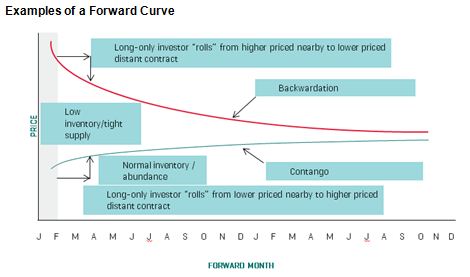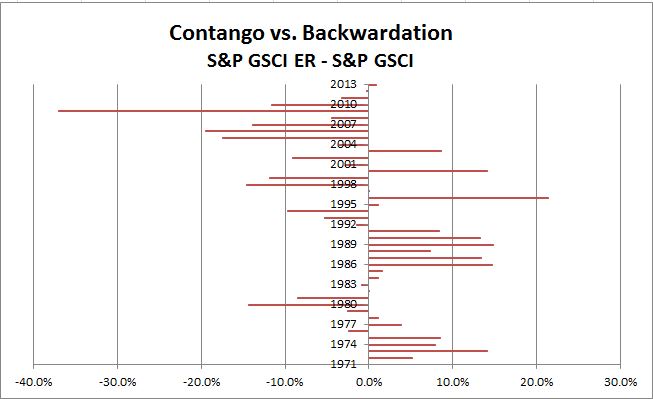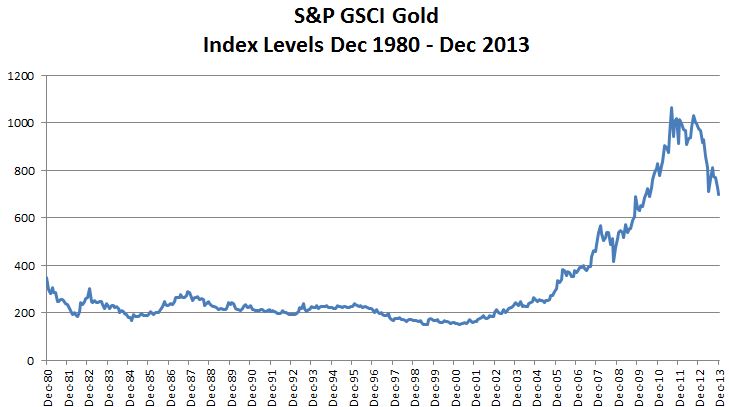The universal complaint heard today is the “Arctic Vortex” and freezing temperatures across much of the US including financial centers in New York, Chicago and Boston. Are the cold and the weather just something to complain about or do they really affect people and the stock market? There are various academic studies about how the weather might affect the market covering the US using New York City weather data, Australia and even Thailand. The results for cold and stock prices are mixed: some find some weak connection between daily temperatures and stock price movements, some find no result at all. However, a number of studies find a connection between sunshine or clouds and stock prices – if the morning is sunny, the market is more likely to advance. While one day is clearly an insufficient sample, the sun is out in New York (despite the five degree temperature) and the market is up. Clouds, overcast and rain seem to be associated with mixed to poor markets, probably another case of psychology and (ir)rationality driving stocks.
Cold does make one large, unfortunate difference: extreme cold, or hot, weather increases mortality rates. Cold is far more damaging than hot weather, so much so that one study found that people migrating to the southern states in the US is contributing to increasing life expectancy in the statistics.
The posts on this blog are opinions, not advice. Please read our Disclaimers.















































